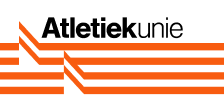Training
A good warm-up

Is a warm-up really necessary? Wouldn’t it be better to save your energy and give it your all in training or competition? ‘No, definitely not’, says medical expert and sports doctor Mirjam Steunebrink. ‘Just do the warm-up, because you’ll be doing your body a big favour.’




















